Garden News: Say Yes to Orchid Evenings
Posted in The Orchid Show on March 27 2013, by Ann Rafalko
We call Orchid Evenings one of New York City’s most romantic date destinations. But don’t take our word for it!

Inside The New York Botanical Garden
Posted in The Orchid Show on March 27 2013, by Ann Rafalko
We call Orchid Evenings one of New York City’s most romantic date destinations. But don’t take our word for it!
Posted in Gardens and Collections on March 27 2013, by Matt Newman
After months of dedicated effort, the NYBG‘s Native Plant Garden is scheduled for a grand reopening in May of 2013. Until then, we’ll occasionally touch on the plants, landscapes, and landmark features that have gone into this classic space. Visit the official page for more information.
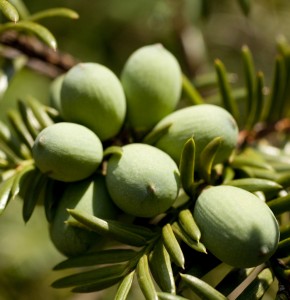 With the Native Plant Garden opening in May, it seemed only right to highlight some of the plants and trees that have gone into its reimagining. I kicked things off a while back with the Spiranthes orchids growing here and there about the space. This time around, I thought I’d go in a different direction–and highlight the only non-natives to be found in the Native Plant Garden. Stately and full with spiraled needles, the decades-old Torreya trees near the center of the garden are the only explicit outsiders to have kept their citizenship during the landscape’s sweeping revision. But before you throw your arms up in a huff of indignation, hear me out!
With the Native Plant Garden opening in May, it seemed only right to highlight some of the plants and trees that have gone into its reimagining. I kicked things off a while back with the Spiranthes orchids growing here and there about the space. This time around, I thought I’d go in a different direction–and highlight the only non-natives to be found in the Native Plant Garden. Stately and full with spiraled needles, the decades-old Torreya trees near the center of the garden are the only explicit outsiders to have kept their citizenship during the landscape’s sweeping revision. But before you throw your arms up in a huff of indignation, hear me out!
When Oehme von Sweden first envisioned the new Native Plant Garden’s layout, the Torreyas–Japanese natives, originally–were some of the more notable residents popping up in discussions. They stood three abreast, dense and squat, their thick evergreen needles shadowing what the designers pegged as the center of the new landscape. The broad path of the water feature would brush right past them on its way through the middle of the garden, so it’s not as though these conifers were inconspicuous. And that left a question: what would people think, seeing foreign growth in a native sanctuary?
Posted in Around the Garden, Photography on March 27 2013, by Matt Newman
No ice? No foul! We’re still not seeing the kind of “warmth” New Yorkers hope to enjoy by late March, but it’s all about small steps.
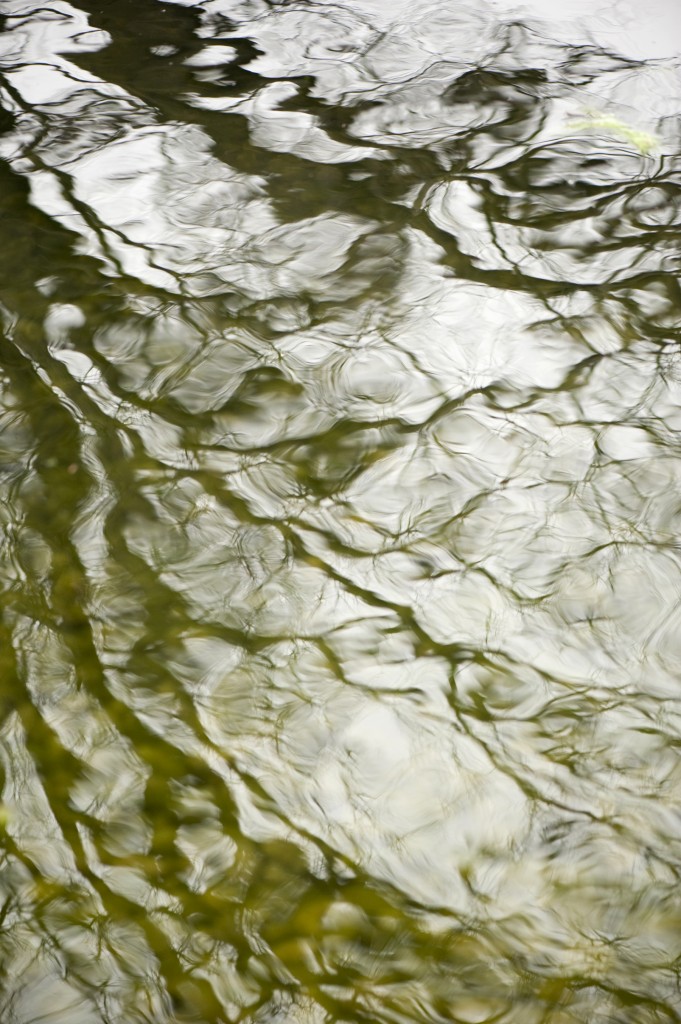
Posted in Adult Education on March 26 2013, by Ann Rafalko
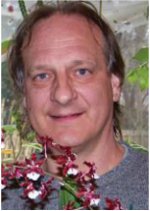 The New York Botanical Garden would like to congratulate one of our very own Horticultural Therapy instructors, Matthew J. Wichrowski, M.S.W., H.T.R., for being the recipient of the prestigious 2013 American Horticultural Society (AHS) distinguished Great American Gardeners Award for Horticultural Therapy.
The New York Botanical Garden would like to congratulate one of our very own Horticultural Therapy instructors, Matthew J. Wichrowski, M.S.W., H.T.R., for being the recipient of the prestigious 2013 American Horticultural Society (AHS) distinguished Great American Gardeners Award for Horticultural Therapy.
In addition to serving as Senior Horticultural Therapist at the Enid A. Haupt Glass Garden at the Rusk Institute, part of NYU Langone Medical Center, Mr. Wichrowski has brought his expertise to our Horticultural Therapy Certificate students since 1996 as one of our valued instructors.
Posted in Gardening Tips on March 26 2013, by Sonia Uyterhoeven
 There are a number of orchids that seem to draw the crowds at The Orchid Show better than others: The pansy orchid (Miltonia) is one of them. This cheery flower–as the name suggests–has a broad open bloom that looks like a cross between a pansy and a butterfly, often bearing the etchings of a face or waterfall markings that cascade down its lip (Labellum).
There are a number of orchids that seem to draw the crowds at The Orchid Show better than others: The pansy orchid (Miltonia) is one of them. This cheery flower–as the name suggests–has a broad open bloom that looks like a cross between a pansy and a butterfly, often bearing the etchings of a face or waterfall markings that cascade down its lip (Labellum).
Miltonias are actually two genera: Miltonia and Miltoniopsis. Don’t worry, I am not going to digress into a technical discussion; rather, I am raising the distinction so you understand that they can flourish in your home with the proper care. Miltonia and Miltoniopsis were once clumped together–now they are separated–but people still refer to all of them as Miltonia. In this day and age there are so many hybrids out there that, unless you are specifically searching for a species, you probably have a little bit of both in your orchid.
Posted in Photography on March 26 2013, by Ann Rafalko
It’s a frilly affair at The Orchid Show!

Posted in Around the Garden on March 25 2013, by Jessica Clarke
Jessica Clarke is the Associate Curator of Glasshouse Collections at The New York Botanical Garden.
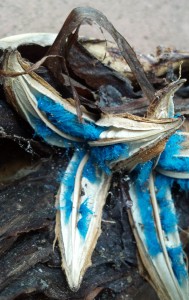 Ravenala madagascariensis, better known as traveler’s palm, is a plant endemic to Madagascar which can be found in our very own Enid A. Haupt Conservatory (Palm Dome). In addition to its very attractive fan-shaped arrangement of leaves, it has another unique attribute that isn’t often witnessed.
Ravenala madagascariensis, better known as traveler’s palm, is a plant endemic to Madagascar which can be found in our very own Enid A. Haupt Conservatory (Palm Dome). In addition to its very attractive fan-shaped arrangement of leaves, it has another unique attribute that isn’t often witnessed.
Like a jewel box opening up, its dried brown fruit pod splits apart to reveal remarkable sapphire-colored seeds inside. The reason that they are blue? It can be considered a “tale of two endemics,” or the supposed co-evolution of the traveler’s palm with another species found only in Madagascar—the ruffed lemur.
The lemurs are astute pollinators of Ravenala; they use their long tongues to reach the nectar deep inside the flowers. In this way, they collect and transfer pollen on their snouts from plant to plant. Once pollinated, the flowers develop into seed pods, which mature and dry before splitting to expose the bounty inside. The fuzzy blue appendage, or aril, that is attached to the seed is edible—and it encourages animals to eat it and aid in seed dispersal. In this case the animal that it solely appeals to is the lemur, which is only capable of seeing shades of blue and green.
Posted in Photography on March 25 2013, by Ann Rafalko
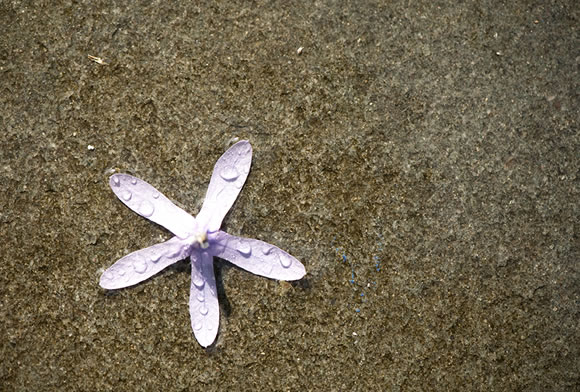
In the Aquatic Plants Gallery (photo by Ivo M. Vermeulen)
Posted in Photography on March 24 2013, by Ann Rafalko
If you look close enough, the orchids in The Orchid Show begin to look like modern art.
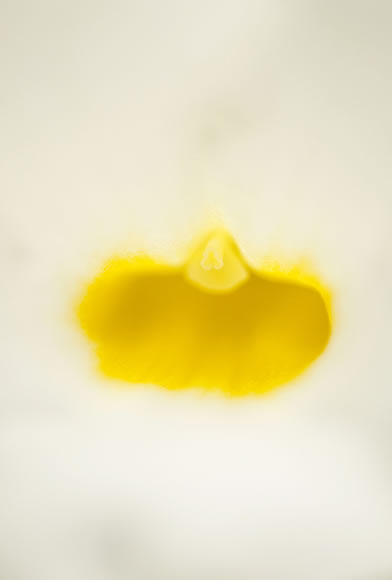
Photo by Ivo M. Vermeulen
Posted in Photography on March 23 2013, by Ann Rafalko
So, the root of the matter is this: It somehow is still not spring outside. Never fear! The Enid A. Haupt Conservatory is a tropical paradise right now. It’s spring inside!

Photo by Ivo M. Vermeulen